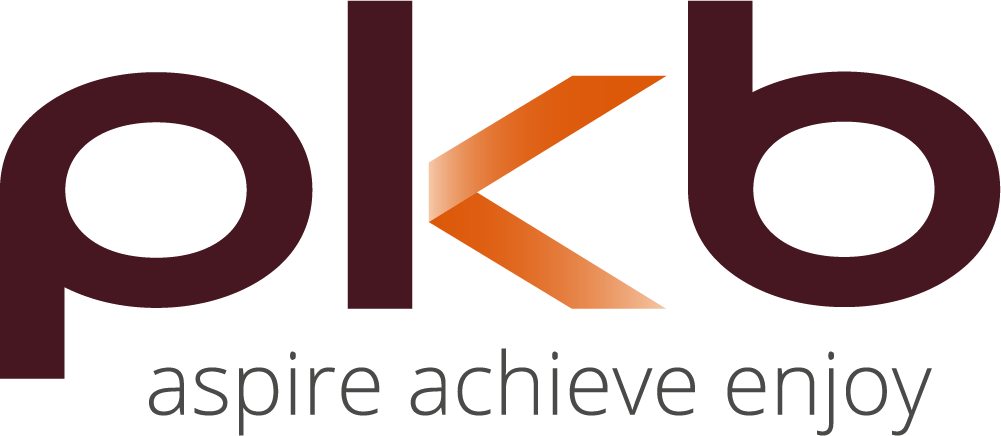Welcome to our Tax News. From an extension to NI contribution top ups to potential disadvantages of using a Flat Rate Scheme, you’ll find all the latest tax news.
Deadline for topping up NI contributions extended again to 5 April 2025
With all of the changes to personal pensions in the Spring Budget, maximising the State Pension entitlement should not be overlooked. The full rate of new State Pension increased to £203.85 per week (£10,600 pa) from 6 April 2023; a 10.1% increase over the 2022/23 rate as a result of the “triple lock” being restored.
At least 10 qualifying years are required to get a UK State Pension, with full State Pension entitlement at 35 qualifying years. Individuals should log into their Government Gateway account to check their contribution record as they may be entitled to credit for missing years, for example if they were on maternity leave or a carer. They can also check how many more qualifying years they need for a full State Pension, and if necessary, make national insurance (NI) contributions for missing years.
Normally it is only possible to make voluntary NI contributions for the past 6 tax years, to top up any missing or partial years. The Government announced an extended deadline to allow taxpayers to make NI contribution in respect of missing years going back to April 2006. This opportunity was originally scheduled to end on 5 April 2023 and was then extended to 31 July 2023. The deadline has now been extended to 5 April 2025.
Class 3 voluntary NI contributions made before 5 April 2025 will be at the Class 3 voluntary NI rates for the 2022/23 tax year of £15.85 per week, or £824.20 for each full year.
Please head to the Gov website to check your National Insurance contributions.
Super-deduction replaced by “full expensing”
In the Spring Budget the Chancellor announced that “full expensing” – 100% relief for new, eligible plant and machinery – would replace the 130% super-deduction from 1 April 2023 for limited companies. This is in addition to the £1 million annual investment allowance (AIA) and will be available for expenditure incurred up to 31 March 2026.
Unlike with AIA, the equipment must be new and must qualify for inclusion in the capital allowances general pool. The legislation specifically excludes motor cars and assets for leasing. The items purchased are not pooled with other equipment, and a separate record needs to be kept of each piece of equipment. That is because there is a clawback charge based on the disposal value of the asset.
Where the company’s year end straddles 31 March 2023, the amount of super-deduction is pro-rated. For example, if the company had a year end of 30 September 2023, and incurred expenditure on a new machine before 31 March 2023, there would be 115% relief for that equipment. A new lorry purchased in May 2023 would only qualify for 100% full expensing.
Where a company buys new equipment that would normally be dealt with in the capital allowances special rate pool, such as the installation of air conditioning or central heating, the 50% first year allowance (FYA) continues to apply until 31 March 2026. The balance of expenditure would then be dealt with in the special rate pool with a 6% writing down allowance per annum on a reducing balance basis. Where the £1 million AIA is available it would be more advantageous to claim AIA at 100%, rather than the 50% FYA.
Should small businesses still use the VAT Flat Rate Scheme?
The VAT Flat Rate scheme was introduced in 2002 to simplify VAT reporting for small traders, reducing the time taken to calculate VAT and prepare returns compared to normal VAT accounting. The thresholds for using (£150,000 pa) and exiting the scheme (£230,000 pa) have not changed since 2003. With the extension of Making Tax Digital to all VAT registered businesses, those traders are now required to keep digital records and, arguably, the time saving benefits have reduced. The decision as to whether or not traders should use the scheme should now be based on the amount of VAT payable and the risk of making errors.
Rather than recording and reporting input VAT on business expenses, and then deducting that input VAT from the output VAT on goods and services supplied, the trader merely has to report and pay VAT based on the flat rate percentage for that category of business multiplied by the VAT inclusive receipts. The percentages currently range from 4% for businesses retailing food, newspapers, or children’s clothing to 14.5% for IT consultants and labour only builders, unless the “limited cost trader” rules apply. There is also a 1% reduction in the first year of business as an incentive to use the scheme.
As well as making VAT simple to administer many businesses paid less VAT by using the scheme. Some service businesses allegedly exploited the tax savings, resulting in the government introducing the “limited cost trader” 16.5% rate from April 2017.
What is a “Limited Cost Trader”?
A business is classed as a ‘limited cost trader’ and should use the 16.5% flat rate percentage if the cost of goods purchased is less than either:
- 2% of turnover, or
- £1,000 a year (if cost of goods are more than 2%).
“Goods” excludes expenditure on:
- any services – which is anything that isn’t goods,
- food and drink eaten by yourself or your staff,
- vehicle costs including fuel (unless you’re in the transport sector using your own or a leased vehicle),
- rent, internet, phone bills and accountancy fees,
- gifts, promotional items and donations,
- goods you will resell or hire out unless this is your main business activity,
- training and memberships, and
- capital items for example office equipment, laptops, mobile phones and tablets.
Consequently, many traders supplying services such as IT contractors, management consultants and labour-only builders are likely to be categorised as “limited cost traders” and using normal VAT accounting is likely to mean less VAT is payable.
Potential disadvantages of using a Flat Rate Scheme
The flat rate percentages are calculated in a way that takes into account zero-rated and exempt sales. They also contain an allowance for the VAT you spend on your purchases.
So the VAT Flat Rate Scheme might not be right for your business if:
- you buy mostly standard-rated items, as you cannot generally reclaim any input VAT*,
- you regularly receive a VAT repayment under standard VAT accounting, or
- you make a lot of zero-rated or exempt sales.
*Unless the business purchases a capital item where the VAT inclusive price exceeds £2,000.
Please contact us if you are considering whether or not to use the VAT flat rate scheme for your business.
Can we still be paid £6 a week for working from home?
During the COVID pandemic the government relaxed the conditions to enable those working from home to be paid £6 a week tax free by their employer, or, where that was not paid by the employer, they could claim relief for £6 a week against their employment income for a tax refund from HMRC. Those relaxed rules applied for 2020/21 and 2021/22. Many employers and employees may not be aware that from 6 April 2022 the rules reverted to the strict statutory position. Employees can claim tax relief if they have to work from home under a homeworking agreement, for example because:
- their job requires them to live far away from the office,
- their employer does not have an office, or
- the office is closed every Friday and employees are required to work from home that day.
Tax relief cannot be claimed if the employee choses to work from home.
HMRC challenging a marketed school fees plan
HMRC frequently warn taxpayers that when a tax avoidance scheme looks “too good to be true”, it probably is. They publish “Spotlights” on their website to alert taxpayers of schemes being marketed by promoters that are under scrutiny, and, in their opinion, do not work. Tax avoidance schemes need to be notified to HMRC under the Disclosure of Tax Avoidance Schemes (DOTAS) rules, normally by the scheme promoter. HMRC then issue a DOTAS scheme reference number (SRN). This does not mean that the scheme is HMRC approved, although some promoters claim this in their marketing literature.
If taxpayers have used the scheme and received the SRN from a promoter or supplier, they must tell HMRC that they have used the scheme, usually when submitting a tax return.
The school fees plan that HMRC are challenging broadly involves the grandparents of the children investing in the parents’ company at an undervalue, and then transferring those shares to a trust. The company then pays dividends to the trust, which are used to pay the grandchildren’s school or university fees. It is argued that the payments from the trust are the children’s income and takes advantage of their £12,570 personal allowance and lower tax rates. HMRC contend that the arrangements are a “settlement” by the parents and, as such, the payments should be taxed on them at their rates of tax.
Not all school fees plans are tax avoidance schemes. Please contact us if you are approached to implement a scheme similar to that outlined above.
Diary of main tax events – July/August 2023
| Date | What’s Due |
| 01/07 | Corporation tax payment for year to 30/9/22 (unless quarterly instalments apply). |
| 05/07 | Last date for agreeing PAYE settlement agreements for 2022/23 employee benefits. |
| 05/07 | Deadline for agents and tenants to submit returns of rent paid to non-resident landlords and tax deducted for 2022/23. |
| 06/07 | Deadline for forms P11D and P11D(b) for 2022/23 tax year. Also, deadline for notifying HMRC of shares and options awarded to employees. |
| 19/07 | PAYE & NIC deductions, and CIS return and tax, for month to 5/07/23 (due 22/07/23 if you pay electronically). |
| 31/7 | 50% payment on account of 2023/24 self-assessment tax liability due. |
| 01/08 | Corporation tax payment for year to 31/10/22 (unless quarterly instalments apply). |
| 19/08 | PAYE & NIC deductions, and CIS return and tax, for month to 5/08/23 (due 22/08/23 if you pay electronically). |
If you have any questions about any of the stories in our Tax News, please don’t hesitate to get in touch and we’ll be happy to help.
To read news and blogs from Rebecca Austin, click here >>


